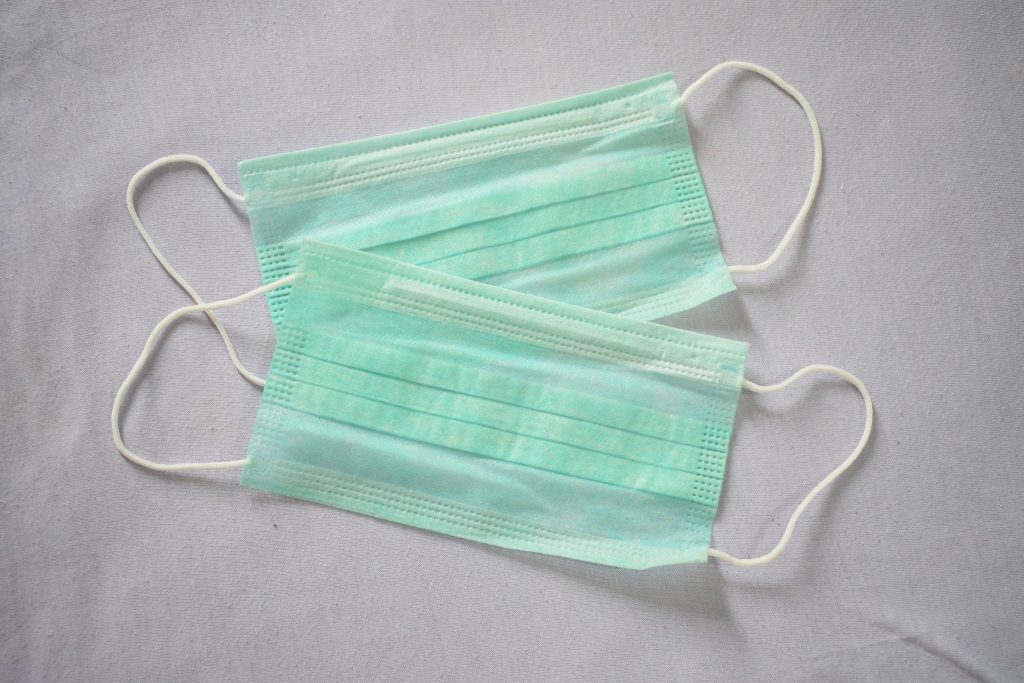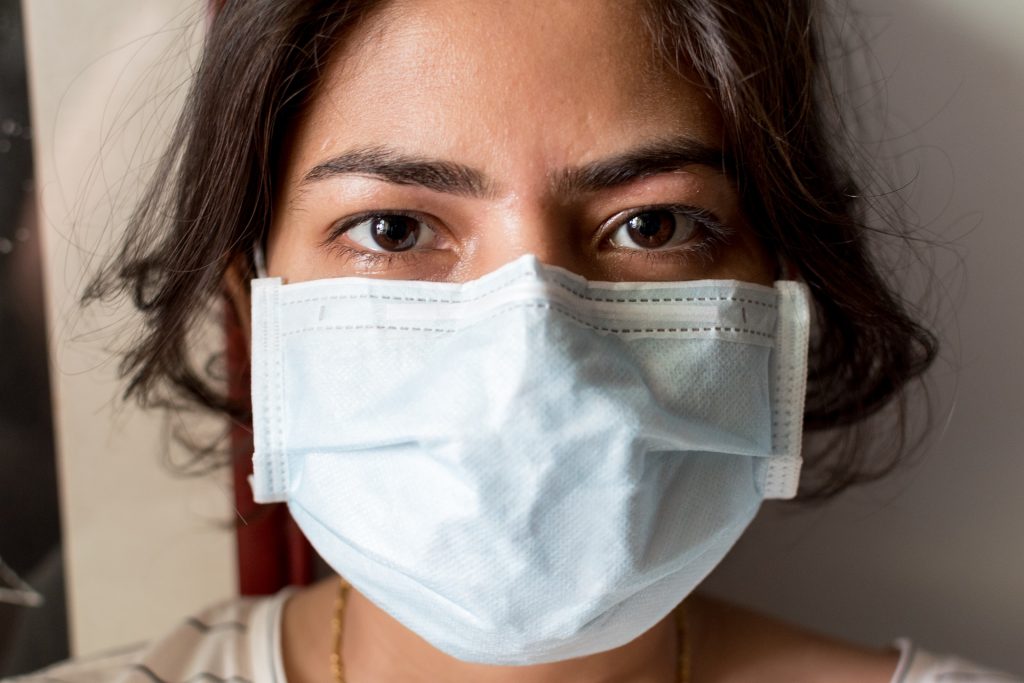How to use Face Masks Effectively

As numbers of covid-19 cases increase throughout the country, recommendations for face masks are increasing in parallel. To help, I wanted to walk through the most effective way of using face coverings. Previously, even before the CDC was recommending masks for the general public, I had recommended their use based on the latest research (Radonovich 2019, Mcintyre 2017). More recently, modeling suggests that consistent mask wearing might even end the pandemic, but more on that later.
N95 Masks
The most effective face masks are official N95 masks, meaning that they filter 95% of particulates bigger than 0.3 microns. However, N95 masks are still in short supply and not recommended for the general public since they are needed by medical staff and professionals. N95 masks work by forming a complete seal between your face and the mask so all of the air you breathe passes through the mask filter.
It’s worth making a brief mention about fraudulent N95 masks. Official N95 masks are tested in form and function to make sure their filtering claims are accurate. However, there are a number of online sites that sell cloth and cotton “N95” masks that have replaceable paper filters. While these masks will provide some protection, they are not true N95 masks. Most of these masks appear to be originating out of China. The paper filter may filter 95% of particulates, however, due to construction, your breath can bypass the filter and they often don’t form a perfect seal around the nose and mouth like standard N95 masks.
Surgical Masks
While research suggests surgical masks provide some protection from airborne infections, it’s likely not as effective as N95 masks (Mcintyre 2017). The main reason is that surgical masks don’t filter all of the air you breathe through the mask. Surgical masks are designed to prevent particles from the nose and mouth of the surgeon from contaminating the patient during surgery. As such, they provide less protection to the user from airborne particulates.
Improvised Face Masks
Here in the United States, most people are making or improvising masks to wear in public. Even the CDC has guidelines on how to cut up a t-shirt and make an improvised mask (CDC 2021). Wearing a cloth mask over your nose and mouth is a huge service to others. If you have covid-19, small particles will come from your nose and mouth into the air around you that can infect others. By wearing a simple cloth mask, you will capture the majority of these particles, preventing others around you from getting sick. Since covid-19 is contagious before symptoms arise, consistent mask use is very important to stop the spread of the virus. Research on improvised masks shows they should decrease transmission (Rodriguez-Palacios 2020).
Additionally, modeling suggests that face mask use might effectively stop the pandemic (Stutt 2020). With consistent use of face masks, the level of transmission falls to the point where the pandemic no longer spreads effectively. Evidence from Japan and Taiwan, where face mask use is almost 100% supports this supposition (Su 2020).
When making and wearing a homemade mask, there are a number of components to maximize its effectiveness:
- The pore/hole size of the material
- The quality of the seal around the nose and mouth
- Covering both the nose and the mouth
- Proper removal after use
Pore Size
If you hold up some t-shirts or cotton fabric to the light, you can see through them. This indicates a large pore size that will be less effective for filtering. Using cloth that has a tighter weave can provide more effective filtering. A recent study suggested that a two-layered quilted cotton mask provides some of the best protection from spreading the virus (Verma 2020). Some homemade masks also allow the use of a coffee filter or other filtering material to have a smaller pore size. For this to work, your breath has to primarily go through the included filter. If your breath is able to go around most of the filter, then it will provide less benefit.
On the flip side, you need to be able to comfortably breathe through your mask. If the mask is too thick, and you find it difficult to breathe, you need to find something that allows more breath through so you can get enough air.
The Quality of the Seal
The better the seal around your nose and mouth the more effective the mask. Standard masks have a wire or metal piece over the bridge of the nose that can be bent into shape to form a seal. One of the most common complaints about face masks is that they fog up a person’s glasses. That’s often an indication that the mask isn’t forming a good seal, and the breath is escaping the top of the mask around the bridge of the nose. With a better seal, most of the breath should be going in and out through the cloth material of the mask itself. If your mask doesn’t form a good seal, adjust it, or find one that does.
In addition, facial hair can also be problematic for forming a good seal. I learned this myself my first year in naturopathic school getting my degree. In the dissection lab, we were required to wear respirators so we wouldn’t inhale formaldehyde. During winter quarter, I grew a beard. While in the anatomy lab, I started noticing that I could smell formaldehyde even with my mask. It didn’t take long to figure out that my facial hair was breaking the mask’s seal, allowing the formaldehyde to slip past the filter. Being clean shaven increases the mask’s effectiveness.
Covering Both the Nose and the Mouth

Walking around most stores and/or facilities that require facial coverings, you will very likely encounter people with their nose outside of their mask. This pretty much negates the benefits of wearing facial coverings. Viral particulates can come out of both the nose and the mouth. For an effective face covering in preventing viral spread, you need to cover both.
Proper Removal After Use
When you’re in public using your mask, the surface may filter viral particulates from the air and become infectious. When you take off the mask, do not touch the front surface, remove it by using the straps and then wash or discard the mask depending on the type. Even without touching the front of the mask, wash your hands after handling it.
Conclusions
I’ll be honest, I don’t like face masks. They are uncomfortable, they can get hot, and they’re just inconvenient to always have to use in public places. However, currently, face masks appear to be one of our best tools in helping prevent further disease transmission and death from the spreading epidemic. With close to 100% usage of masks it might be possible to stop the pandemic in its tracks. Knowing how to wear a face mask properly can also help to reduce your own risk from catching the virus. With masks only costing a few dollars, it’s a cheap investment that can significantly help in our fight to control and contain the pandemic.



